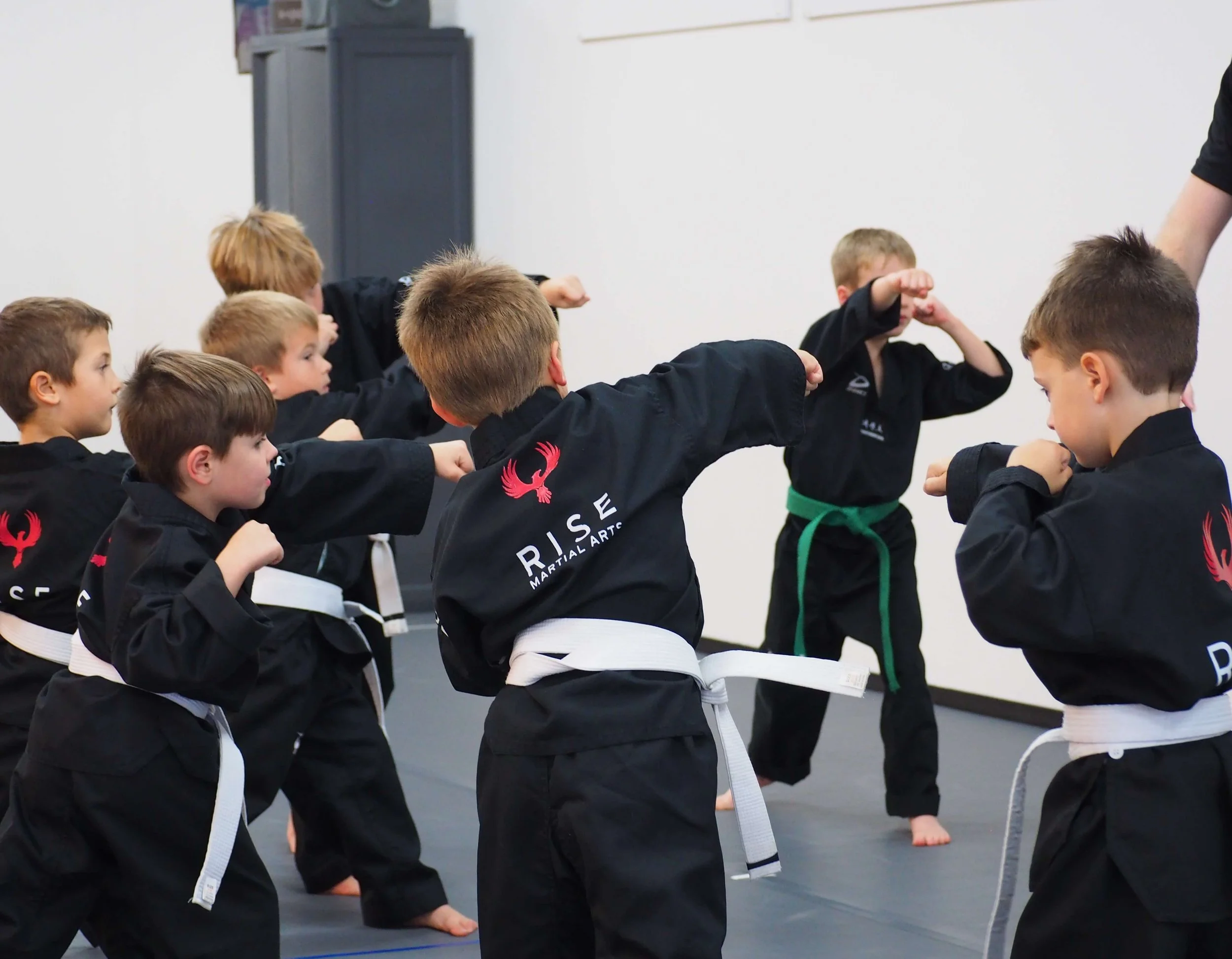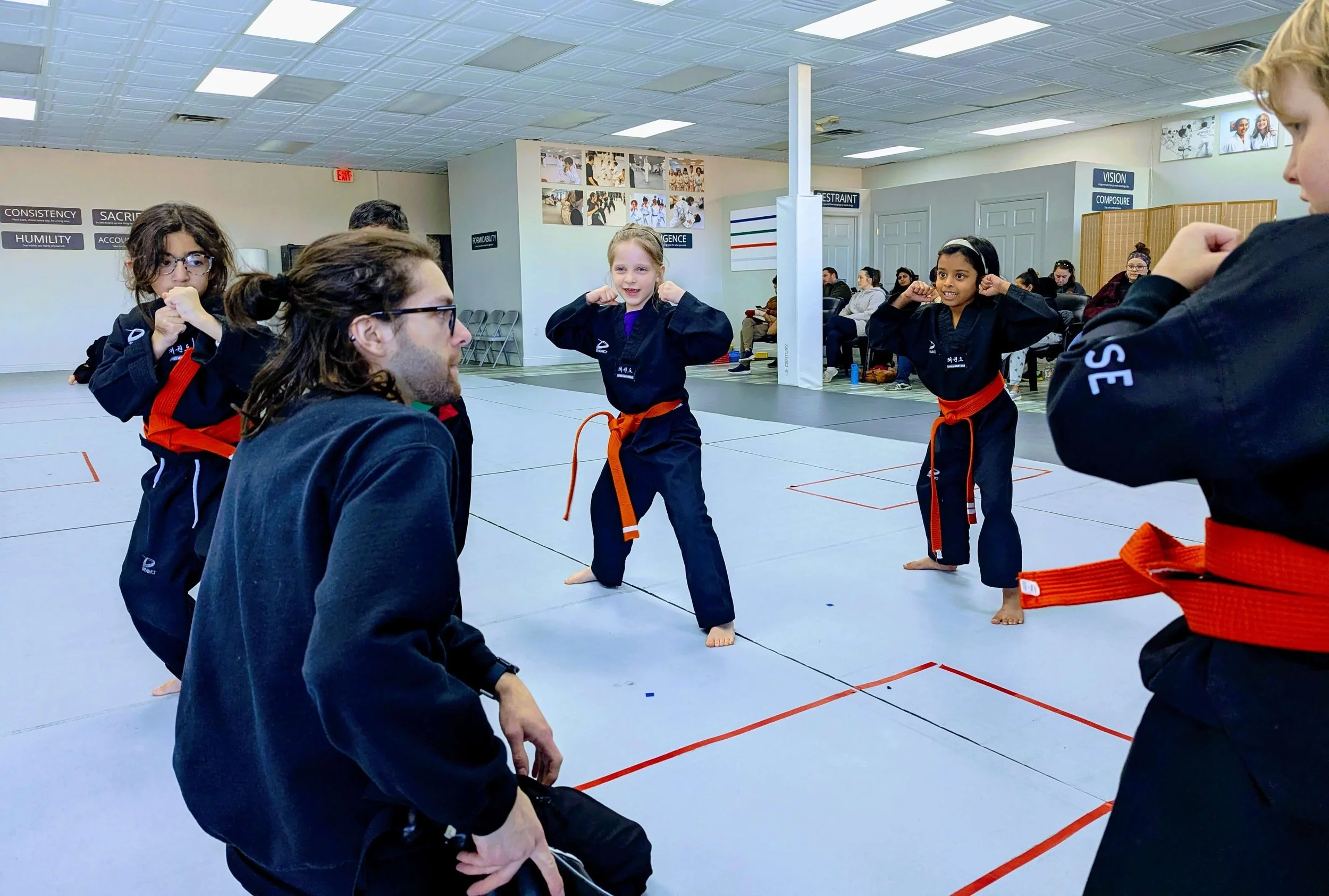Give your child a headstart in life.

Build Lasting Confidence
Lasting, durable confidence comes from evidence. That is, evidence of ability. The knowledge and experience that you’re able to overcome challenges. Each class, our students are given progressively harder and harder challenges to overcome. And we watch as they become more and more confident. It takes time. But it absolutely happens.
Become Bully-Proof
In an ideal world, bullies wouldn’t exist. Or, anytime a child tells an adult about a bullying incident, the problem is resolved. But this isn’t an ideal world. Children need to have the skills, practice, knowledge, & confidence to stick up for themselves and stand up against bullies. When students train in mixed martial arts at a proper academy, they are by far the most skilled little warriors around. That skill emboldens them to not get pushed around by bullies.
Gain Self-Control
Discipline: the ability to do what you should do even though you don’t feel like doing it. While much of the training at Rise Martial Arts is fun and exciting, the essence of martial arts is the ability to control yourself. When students realize they’re able to shape their body and actions during martial arts training, many lesser tasks in real life become easy by comparison.
Interested in a free trial class?

Don’t just take our word for it!
2,164 students trained and counting!
341 five-star reviews and counting!
Your first class is totally cost-free & pressure-free! See for yourself!
Interested in a free trial class?

FAQ
-
$145 per month. Month to month. No long term contracts.
-
Not at all. The first day is just a free trial to see if it’s a good fit for you. Enroll whenever you’d like.
-
The first one is at no additional cost. After that they’re $35.
-
Canton Schedule:
Monday: 4:30, 5:20, 6:15
Tuesday: 4:30, 6:15, 7:10
Wednesday: 4:30, 5:20, 6:15
Thursday: 5:20, 6:15
Friday: 5:20, 6:15, 7:10
Dexter Schedule:
Monday: 5:10, 6:05
Tuesday: 5:10
Wednesday: 6:05
Thursday: 4:15, 5:10, 6:05 -
For this age group: 45 minutes & very structured and fast-paced.
-
In 99% of cases, you really shouldn’t be. The classes are setup in a way that makes them very compelling. And the instructors employ very precise teaching tactics that keeps behavior and engagement strong, even with the most challenging of students.
It’s very common for parents to be shocked with how well their children behave, even on the first day.






